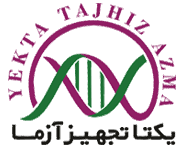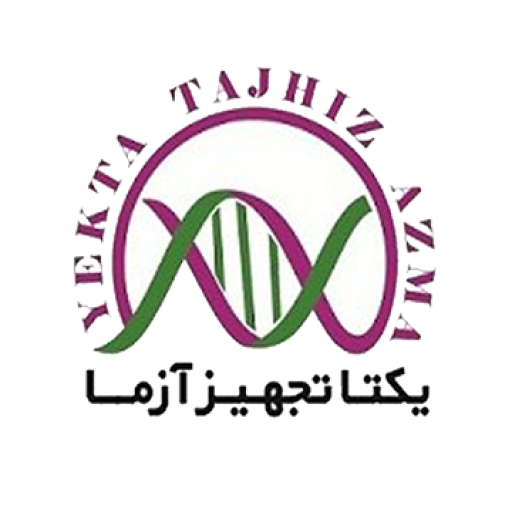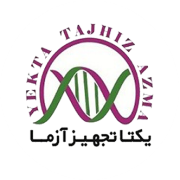Nanotechnology-Based DNA/RNA Extraction Platforms

Nanotechnology-Based DNA/RNA Extraction Platforms: Revolutionizing Nucleic Acid Isolation with Nanomaterials
Nucleic acid extraction is a fundamental step in molecular biology, diagnostics, and genomics. Traditional methods often suffer from limitations such as time consumption, chemical hazards, and low yield. With the rise of nanotechnology, novel materials like nanoparticles, nanofibers, and other nanosystems are reshaping the landscape of DNA/RNA extraction. These platforms offer high specificity, rapid processing, and scalable efficiency. This review explores the emerging nanotechnology-based strategies for DNA/RNA isolation, evaluates their advantages over conventional approaches, and discusses their potential in clinical, environmental, and research applications.
1. Introduction
The extraction and purification of DNA and RNA are critical for downstream applications such as PCR, sequencing, gene editing, and diagnostics. Conventional techniques, including phenol-chloroform extraction and column-based kits, have known drawbacks such as toxicity, multistep procedures, and poor performance with low-concentration samples.
Recent advances in nanotechnology have introduced novel platforms that enhance nucleic acid extraction by leveraging the unique physicochemical properties of nanomaterials. This paper examines the role of nanoparticles, nanofibers, and hybrid nanostructures in facilitating efficient, rapid, and selective DNA/RNA isolation.
2. Fundamentals of Nanotechnology in Nucleic Acid Extraction
2.1 Nanomaterials Overview
Nanomaterials, with dimensions under 100 nm, exhibit distinct characteristics such as high surface area, functional tunability, and strong interaction potential with biomolecules. Key nanomaterials used in nucleic acid extraction include:
Magnetic nanoparticles (MNPs)
Gold nanoparticles (AuNPs)
Silica nanoparticles
Carbon nanotubes (CNTs)
Electrospun nanofibers
Metal-organic frameworks (MOFs)
2.2 Mechanisms of Nucleic Acid Binding
DNA/RNA molecules can bind to nanomaterials through several mechanisms:
Electrostatic interaction
π-π stacking (especially with carbon nanomaterials)
Hydrogen bonding
Covalent and non-covalent surface modification
These interactions allow for selective capture and release of nucleic acids under specific conditions.
3. Nanoparticle-Based Extraction Platforms
3.1 Magnetic Nanoparticles (MNPs)
MNPs are among the most widely used nanomaterials in nucleic acid extraction. Coated with functional groups (e.g., carboxyl, amino, or silica), MNPs bind DNA/RNA and can be magnetically separated from complex mixtures.
Advantages:
Rapid separation without centrifugation
Scalable and automation-friendly
High binding efficiency
3.2 Gold Nanoparticles (AuNPs)
AuNPs offer excellent biocompatibility and can be functionalized with thiolated oligonucleotides or other ligands to target specific nucleic acid sequences.
Applications:
Sequence-specific capture
Colorimetric detection integration
RNA isolation in virus diagnostics
4. Nanofiber and Nanostructured Membrane Platforms
Electrospun nanofibers provide a high surface area-to-volume ratio and porosity, ideal for solid-phase extraction systems.
4.1 Electrospun Silica and Polymer Nanofibers
Silica-coated nanofibers mimic conventional silica columns but with enhanced performance:
Faster flow-through
Higher capture efficiency
Greater adaptability to miniaturized devices
4.2 Nanocomposite Membranes
Hybrid membranes integrating CNTs, graphene oxide, or MOFs with polymers improve selectivity and robustness in nucleic acid capture, particularly in microfluidic systems.
5. Hybrid and Smart Nanomaterials
5.1 Stimuli-Responsive Nanoplatforms
These platforms alter their binding or release behavior in response to pH, temperature, or ionic strength changes, allowing for on-demand nucleic acid manipulation.
5.2 Integrated Biosensing and Extraction
Nanomaterials capable of both extraction and detection reduce workflow complexity. For instance, magnetic-plasmonic hybrids can isolate RNA and enable real-time quantification via surface-enhanced Raman scattering (SERS).
6. Applications in Modern Bioscience
6.1 Clinical Diagnostics
Nanotech-based RNA extraction is pivotal in point-of-care diagnostics, especially for viral pathogens like SARS-CoV-2, where rapid and sensitive detection is required.
6.2 Environmental and Forensic Testing
Nanomaterials offer portable and field-deployable solutions for extracting nucleic acids from soil, water, or forensic samples.
6.3 High-Throughput Sequencing
Automated extraction using magnetic nanoparticles improves nucleic acid purity and consistency, enhancing the quality of sequencing libraries.
7. Challenges and Future Perspectives
While nanotechnology-based extraction offers clear advantages, several challenges remain:
Standardization of protocols and materials
Biocompatibility and cytotoxicity concerns
Cost and scalability for commercial applications
Future directions include:
Fully integrated lab-on-a-chip systems
Sustainable and biodegradable nanomaterials
AI-guided optimization of nanomaterial design
8. Conclusion
Nanotechnology has introduced a paradigm shift in nucleic acid extraction. Nanoparticles, nanofibers, and smart nanostructures significantly outperform traditional methods in speed, efficiency, and specificity. As these platforms mature, they hold the promise to revolutionize genomics, diagnostics, and molecular biology by enabling rapid, reliable, and scalable DNA/RNA purification across diverse settings.



